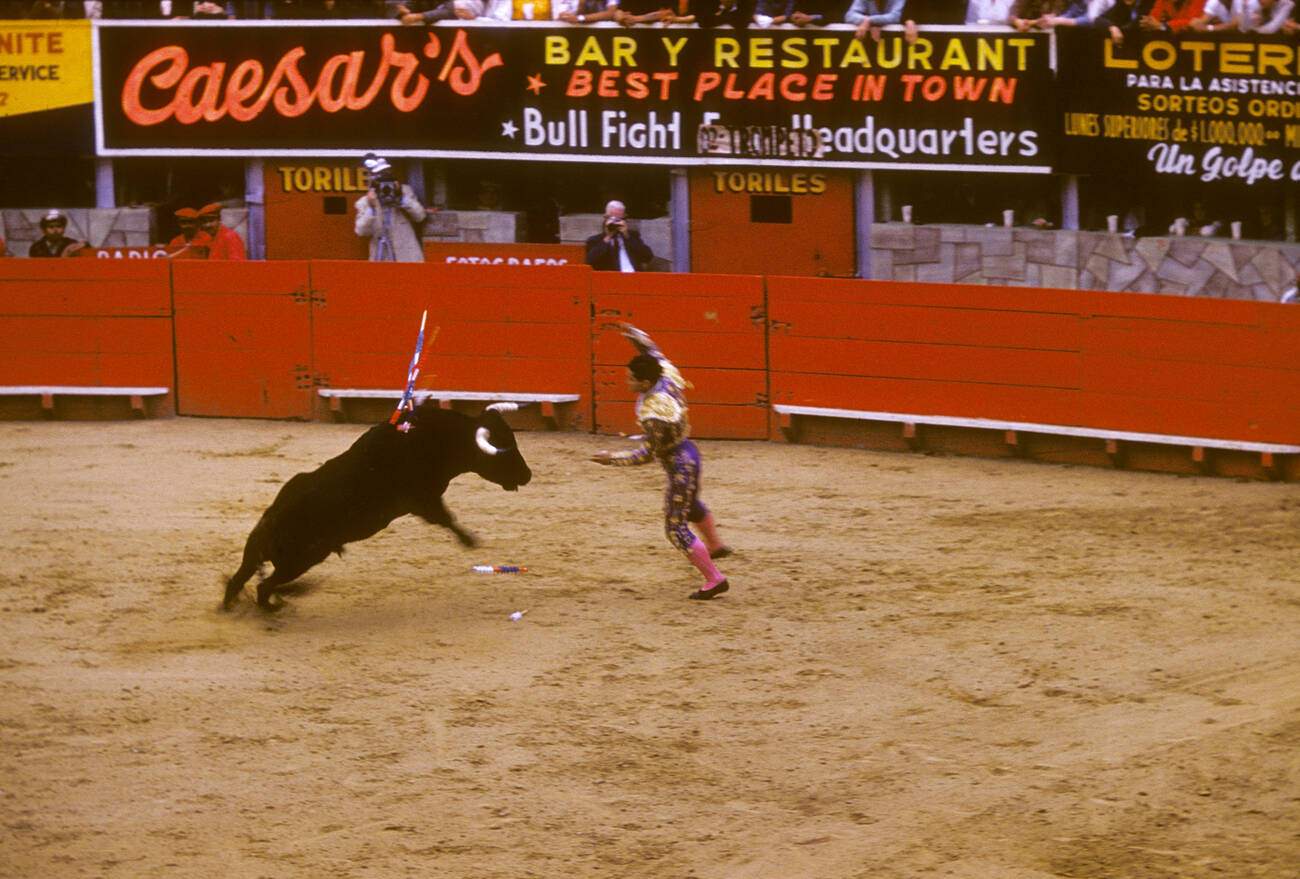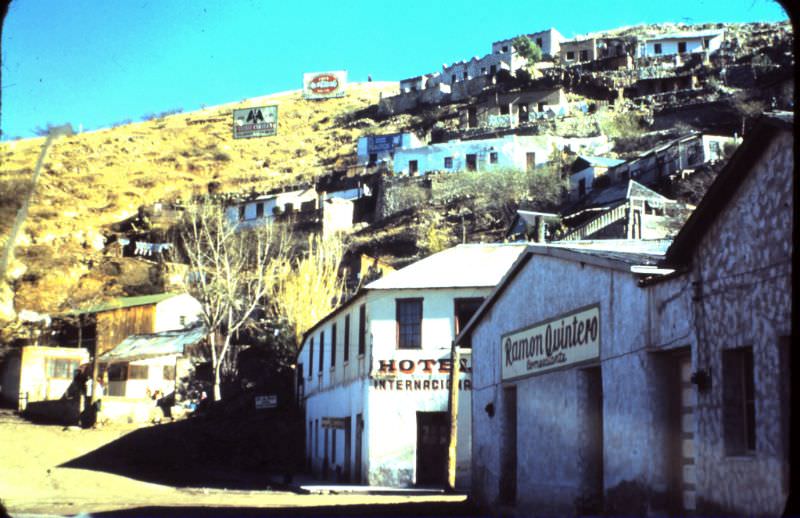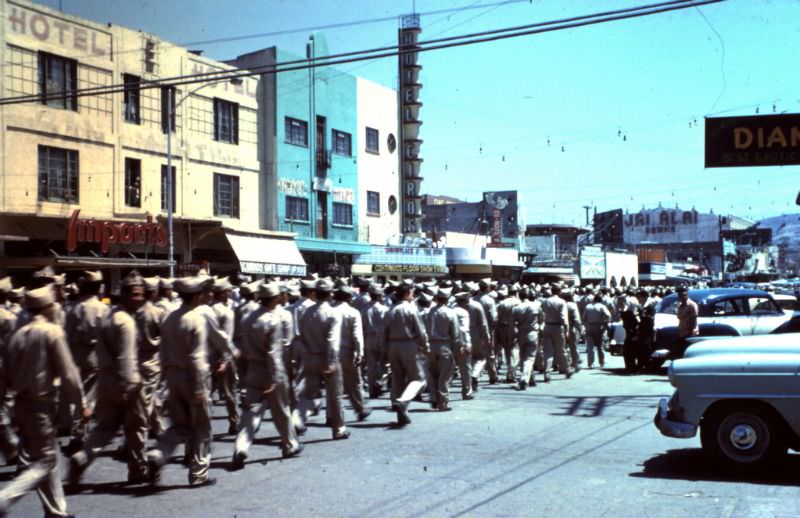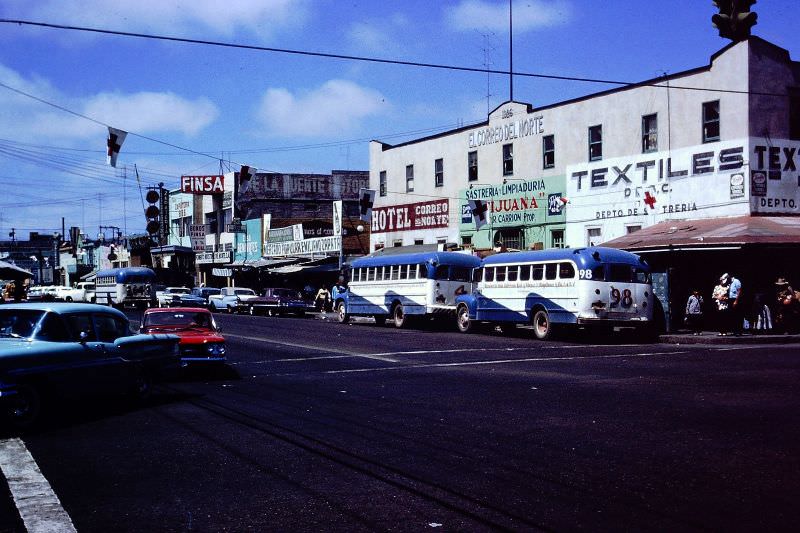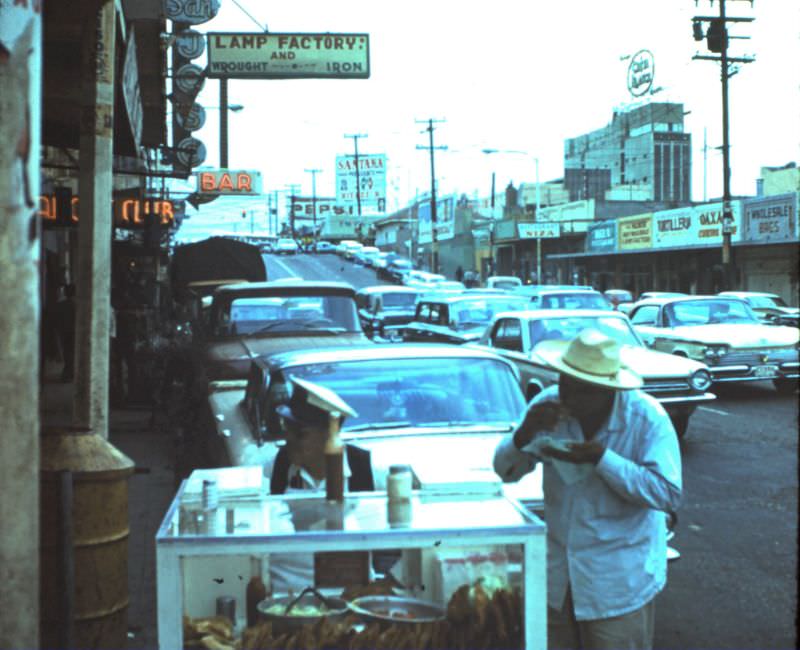The 1960s were a time of great cultural and social transformation, not just in the United States but around the world. Tijuana, Mexico, was one city that stood out as a unique and vibrant hub of change during this era. From its bustling nightlife and entertainment to its dynamic socio-political landscape, the city offered a taste of freedom and excitement for people from all walks of life. Let’s take a journey back to the 1960s and explore what made Tijuana a cultural hotspot during this colorful decade.
Nightlife and Entertainment
In the 1960s, Tijuana was known for its thriving nightlife and entertainment scene. The city became a popular destination for American tourists, mainly from nearby Southern California, seeking a weekend escape filled with music, dance, and gambling. Tijuana’s proximity to the United States border made it an accessible and attractive getaway, and its reputation for offering a taste of excitement and exoticism only enhanced its allure.
During this time, the Avenida Revolución, or “Revolution Avenue,” was the heart of Tijuana’s entertainment district. This bustling thoroughfare was lined with bars, clubs, and restaurants, each offering its unique atmosphere and style. Music was a driving force in Tijuana’s nightlife, with venues hosting live performances of traditional Mexican music, jazz, and even rock-and-roll, which had recently emerged in the United States.
Cross-Cultural Exchanges
The 1960s saw a surge of artistic and cultural exchanges between Tijuana and the United States, particularly with the burgeoning counterculture movement. American beatniks, hippies, and artists flocked to Tijuana for inspiration and new experiences, and they often engaged with the local community in a spirit of collaboration.
Tijuana’s burgeoning arts scene attracted painters, writers, and musicians from both sides of the border, and the city became a melting pot of creative ideas and experimentation. Art galleries, poetry readings, and independent film screenings were commonplace, making Tijuana a hub for creative expression.
Socio-Political Landscape
The 1960s was a time of significant socio-political change in Mexico, and Tijuana was no exception. The city experienced rapid growth during this period, as people from rural areas migrated to urban centers in search of economic opportunities. This influx of new residents contributed to the city’s vibrant cultural scene, but it also led to growing social disparities and tensions.
In response to these issues, Tijuana saw the rise of several progressive social movements, including labor unions and student organizations, which sought to address issues such as workers’ rights, education, and social justice. These movements played a crucial role in shaping Tijuana’s socio-political landscape and contributed to the city’s dynamic atmosphere.
Influence on Popular Culture
Tijuana’s unique blend of cultures, art, and entertainment during the 1960s made it an influential force in popular culture. The city’s vibrant nightlife and music scene inspired countless songs, movies, and novels, capturing the essence of the era’s excitement and freedom. For example, the 1963 instrumental hit “Tijuana Taxi” by Herb Alpert and the Tijuana Brass was an upbeat, catchy tune that showcased the city’s lively atmosphere, and it became a symbol of the Tijuana experience for many Americans.
Here are some fascinating photos that will take you back to the 1960s in Tijuana.








